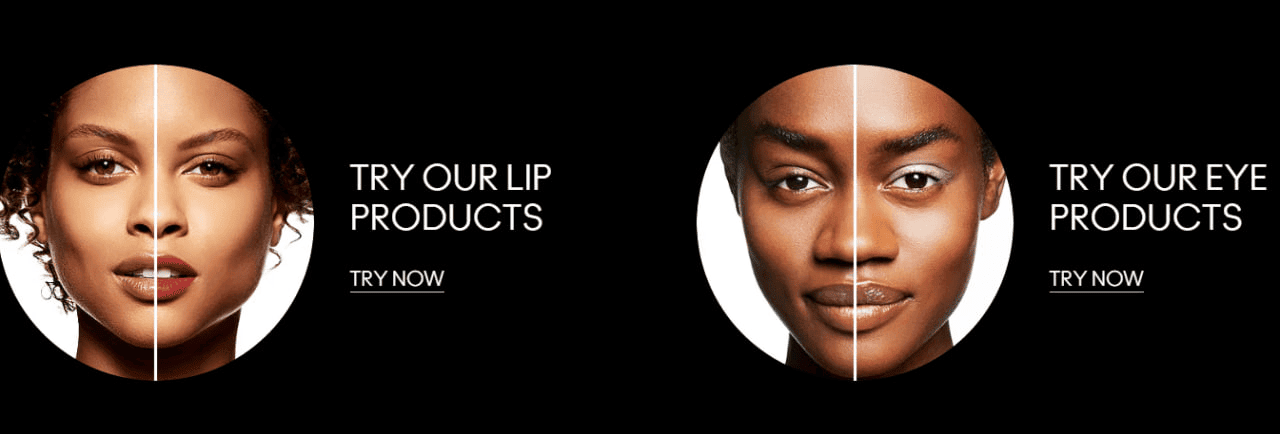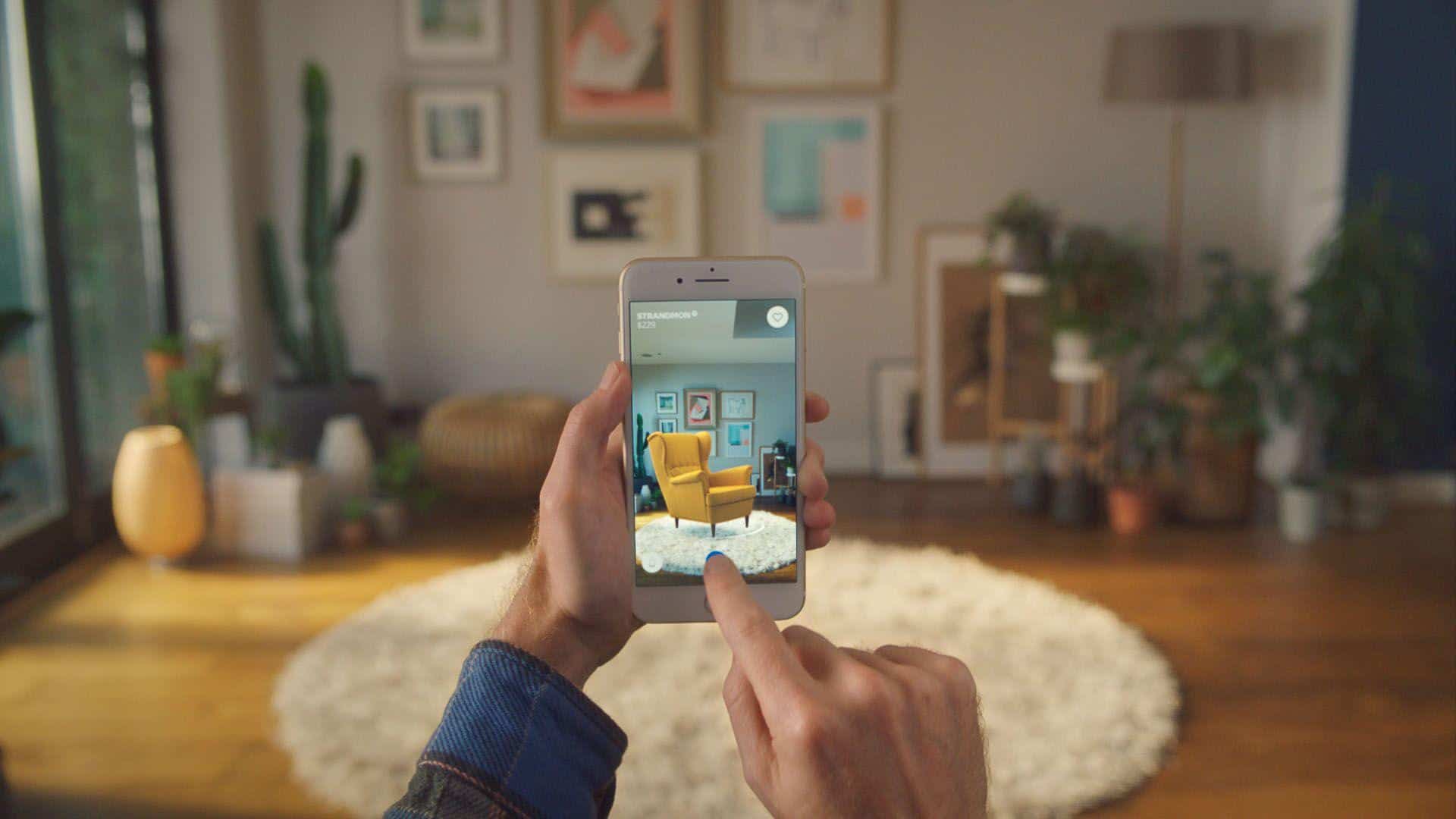Most businesses today use social media for promotional activities. It’s one of the best avenues to showcase products or services. Almost every person has a social media account. This approach simplifies the process of finding your customer base and interacting with them. Each platform has its own unique features and benefits it can offer you. There’s an option for businesses of all sizes and backgrounds. Plus, various innovative tools can be integrated with them which brings even more opportunities. One of the popular alternatives is the usage of AR and VR. We’ll discuss how these advancements can completely transform how you approach promotion. So, keep reading to learn more about these fascinating applications.
About AR and VR
Before we discuss the incorporation of AR and VR in social media marketing, let’s establish what these technologies are. It’s essential to learn how they function and which features they can offer you.
Augmented Reality
The whole point of this technology is to blend the real world with computer-generated components. It overlays images, videos, 3D models, and any other digital info into our surroundings. This advancement was created to give people a more interactive and enriched view.
These systems operate in real time. They adjust the content based on the person’s movements and their background. Its biggest difference from VR is that it doesn’t completely immerse you in a different world. It only adds new virtual components to your actual surroundings. There are many devices that can give you that experience. Those include smartphones, tablets, smart glasses, and heads-up displays. Mobile applications are the most popular among them. This development usually provides information relevant to your context. For example, it can identify objects or display directions. Some of the industries actively utilizing this technology are:
- Navigation Apps (e.g. Waze, Google Maps, Sygic);
- Gaming (e.g. Pokémon Go);
- Retail (e.g. Amazon, Wayfair);
- Education (e.g. 3DBear);
- Industrial Maintenance (e.g. Bosch).
Virtual Reality
This development gives you a simulation of a three-dimensional setting. You find yourself in a completely synthetic environment. It makes you believe you’re in a different place or situation. To, experience it, you wear a headset or goggles that contain a screen for each eye. They have sensors or cameras that track movements and adjust the virtual world accordingly. Many of these systems also come with controllers. With their help, you can interact with objects and manipulate them. Also, they’re equipped with 3D spatial audio. It allows you to perceive sound as coming from specific directions in the virtual space. This technology is widely used in:
- Gaming (e.g. Lone Echo, InMind);
- Training (e.g. Aviar);
- Healthcare (e.g. Embodied Labs);
- Virtual Tourism (e.g. Brink).
How They Can Influence Your Marketing Strategy
AR and VR offer unique opportunities for social media marketing. Their integration will give you so many new ways to interact with your customers. Below, we gathered some info on how you can benefit from them.
Improved Engagement
These technological advancements can effortlessly capture the attention of your clientele. They offer a unique and immersive experience that makes people spend more time interacting with your brand. It heightens the possibility of them becoming your long-term clients. Their interactive nature creates a deeper connection between you and the customer. By using filters, virtual try-ons, or other interactive features, people actively participate in all the processes.
AR is really influential in online shopping. People can try out different products virtually. It allows you to address their hesitations about the product. Many cosmetic brands allow their clients to experiment with different makeup looks before making a purchase decision. One of the examples is Mac Cosmetics.

Credit for the image: Mac Cosmetics
VR facilitates virtual shopping environments. It transports people to digital stores where they can explore products in a three-dimensional space. They can engage with the products that are presented in the actual store and decide whether they suit their tastes and needs.
Interactive Product Presentations
Through augmented reality, your clients can picture how products will look and fit in their surroundings. They can see how a piece of clothing would look on them or if the furniture matches the design of their house. For example, IKEA created a separate app IKEA Place for that.

Credit for the image: IKEA
Virtual reality, on the other hand, can help you craft digital showrooms. Here your buyers can see your stuff from all angles. They can understand which features, materials, and functionality it has.
Plus these advancements give a possibility for customizations. Individuals can experiment with different colors, styles, and configurations. It allows your customers to adjust the chosen product to their preferences. Also, these technologies can become an educational tool. You can use them to create tutorials, virtual guides, or simulations. That way they can learn how to assemble items and use them.
You can utilize different AR filters on your social media to encourage people to participate. They can showcase product features, promotions, or limited-time offers in a fun manner. Afterward, you can gather engagement metrics to understand how people perceive your products.
Innovative Advertising Campaigns
If you’re main niche is beauty and fashion, you can incorporate AR try-on experiences on platforms like Instagram and Snapchat. Your potential clients will try on makeup, sunglasses, or clothing items using their smartphone cameras. Some of these filters can be used on their photos or videos. It’s a fun and shareable way to interact. With the help of VR, you can host virtual product launches or unveilings. This gives the possibility for people from around the world to participate. Also, try tying up your campaigns to specific locations. For instance, create AR scavenger hunts or interactions linked to physical locations.
Another powerful advertising tool is gamification. You can craft games that are related to your offerings. It’ll entertain your buyers and let you convey your message in a memorable way. For example, Pepsi once used AR to let people play as some of the most famous football players just by scanning a QR code. Then they could share their achievements on Instagram.
To create more compelling storytelling, consider 360-degree videos. The advent of spatial video technology is set to enhance VR experiences by providing more immersive and realistic 3D environments for users to explore. You can use this technology to showcase behind-the-scenes footage and virtual tours. Also, you can promote your offers by hosting live demonstrations or interviews.
Differentiation and Brand Positioning
If you’re the first one to apply VR and AR in your niche, it can really help you differentiate yourself from the competitors. It demonstrates your commitment to innovation. These developments make your customers’ experience with your brand more memorable. When you go beyond the ordinary, people are more likely to remember and share their interactions. It strongly contributes to the positive online image of your company. Use these technologies to tell your brand story. Let them explore your history, values, and mission in a more interesting manner.
Virtual or augmented spaces will set you apart from your rivals. People will feel the exclusivity and uniqueness you offer them. Create branded lenses for popular social media platforms. They’ll turn your buyers into brand ambassadors. Also, use VR to transcend geographical boundaries. This will position your company as globally accessible and inclusive. Also, with the help of these developments, you can attract more tech-savvy clients. These people are usually influencers in their social circles. It will establish your credibility and bring more buyers.
Increased Social Sharing
The novelty of these advancements prompts people to share their interactions with friends and followers. It encourages the creation of user-generated content. Your customers become brand advocates in a way. It’s not a secret that people tend to trust real-life recommendations and promotions more.
This type of advertising has viral potential. For example, individuals who use your filters are highly likely to share their experiences with their social circles. This organic exchange extends the reach of your content. Also, the usage of gamification we mentioned before can be effective. People enjoy sharing their achievements or high scores. It turns your content into a social activity that others want to join.
Another practical strategy is the incorporation of branded hashtags. It creates a sense of community in a way. Plus it allows you to track the performance of your promotional efforts. People can showcase how they use your product in daily life and put a hashtag under their posts. It promotes the items in a more relatable context. AR and VR make these experiences emotionally impactful. It’s really beneficial, as most people like to showcase something they’re excited about or amused with.
Future Trends
There’s no doubt that these technologies will only advance. The future holds some exciting possibilities for augmented and virtual realities in social media advertising. We want to present you with some trends we believe you can anticipate in the future.
Social VR Influencer Marketing
Virtual Reality influencers may emerge. They will create content directly within the virtual environments. It will help companies develop new communities and interact with their followers. This will open up new possibilities for absorbing engagements with the brand. Supporters of these influencers would be able to participate in online events, attend meetups, or even explore branded spaces. Moreover, this collaboration will introduce an element of novelty. The creative possibilities in these environments will be virtually limitless. They’ll allow you to develop groundbreaking and attention-grabbing campaigns that stand out. However, there might be a few challenges with the accessibility of devices. If the VR hardware becomes more affordable and user-friendly, you’ll get an opportunity to broaden your client base.
Blockchain Integration
The application of blockchain is expected to increase. It’ll ensure the authenticity and integrity of AR and VR content. With its help, brands will establish a secure record of their digital assets. It’ll aid them safeguard against unauthorized modifications or misuse. You’ll be able to timestamp, record, and verify each piece on the blockchain. Traceability is another crucial aspect. Blockchain will trace the origin, modifications, and dissemination of content. It will facilitate attribution and proper credit to creators.
Web-Based Experiences
There’s a possibility that people will access AR content directly through web browsers. There’ll be no need to download and install specific applications. It’ll contribute to a vaster reach. People might hesitate to download a dedicated app for a one-time interaction. So, they are more likely to engage with web-based options. Also, it’ll definitely enhance the convenience. People could simply click a link or scan a QR code to access the materials. Not to mention the cost-effectiveness it’ll bring, as these campaigns will require less investment.
It will also affect adtech development as well. This will help to attract potential customers and leads organically and natively. This in turn will help small and large businesses to develop.
Accessibility Features
Social media platforms may focus on developing more user-friendly interfaces. The interaction features will be easier to use even for those not familiar with technological advancements. AR and VR experiences will become more personalized. People will adapt the visual elements and audio settings to their preferences. Also, there’s a possibility that voice commands and transcription features will appear. It’ll make the environments more inclusive.
AR Wearables
AR wearables are becoming more mainstream. Social media platforms are likely to optimize their content delivery for these devices. People will receive location-based information and live updates as they move through physical spaces. Companies will develop interactions triggered by actions or objects. For example, filters that activate when you make certain moves.
Final Thoughts on Virtual Reality and Augmented Reality
Social media has become a popular promotional tool for businesses of all sizes. The appearance of AR and VR transformed the way to approach it. They offer a more immersive and fun way to engage with your clients and advertise your offerings. These developments gave an opportunity for virtual try-ons without leaving your house and experiments with styles and colors. They can be applied in almost any industry, from education and healthcare to retail. You can utilize AR filters, hold live demonstrations, and let people engage with your product in all possible ways. These advancements definitely improve your brand’s image and make it more recognizable across diverse platforms. These technologies will only continue to develop. So, consider incorporating them into your marketing strategy and secure your spot as the industry leader with their help.


